Geometric Sequences and Series Worksheet
Geometric sequences and series worksheets provide a comprehensive practice for students to master the concepts of sequences and series in mathematics. Targeted towards middle school and high school students, these worksheets focus on the entity of geometric sequences and series by providing exercises that involve finding the common ratio, the nth term, and the sum of the series. With well-structured questions and clear instructions, these worksheets are aimed at helping students enhance their understanding and proficiency in geometric sequences and series.
Table of Images 👆
- Arithmetic Geometric Sequences Worksheet
- Exponential Functions and Geometric Sequences Worksheet
- Sequence Worksheet Sequencing Activities
- Quadratic Functions Worksheet
- Arithmetic and Geometric Sequence Formula Sheet
- 3rd Grade Math Worksheets Geometry
- Printable Dice Math Worksheet
- Pattern Formula Nth Term
- Arithmetic Sequence Explicit Formula
More Other Worksheets
Kindergarten Worksheet My RoomSpanish Verb Worksheets
Cooking Vocabulary Worksheet
DNA Code Worksheet
Meiosis Worksheet Answer Key
Art Handouts and Worksheets
7 Elements of Art Worksheets
All Amendment Worksheet
Symmetry Art Worksheets
Daily Meal Planning Worksheet
What is a geometric sequence?
A geometric sequence is a sequence of numbers where each term after the first is found by multiplying the previous term by a fixed, non-zero number called the common ratio. In other words, each term in a geometric sequence is obtained by multiplying the previous term by a constant value.
How can you find the common ratio of a geometric sequence?
To find the common ratio of a geometric sequence, you divide any term in the sequence by the term that comes before it. In mathematical terms, if the sequence is a, ar, ar^2, ar^3, ..., then the common ratio r is found by dividing any term by the preceding term, such as r = (ar^2) / (ar) = r.
What does it mean if the common ratio is negative in a geometric sequence?
If the common ratio in a geometric sequence is negative, it means that the terms of the sequence alternate in sign. This indicates that each term in the sequence is the result of multiplying the previous term by a negative number. Consequently, the sequence will show a pattern of alternating between positive and negative values as you progress through the terms.
How can you determine if a sequence is geometric?
To determine if a sequence is geometric, you need to check if each term is obtained by multiplying the previous term by a constant factor. Therefore, if the ratio of any term to its preceding term remains constant, the sequence is geometric. The common ratio can be found by dividing any term by its preceding term.
How do you find the nth term of a geometric sequence?
To find the nth term of a geometric sequence, you can use the formula: \(a_n = a_1 \times r^{(n-1)}\), where \(a_n\) represents the nth term, \(a_1\) is the first term of the sequence, \(r\) is the common ratio between consecutive terms, and \(n\) is the term number you want to find. By plugging in the values for \(a_1\), \(r\), and \(n\), you can calculate the nth term of the geometric sequence.
What is the formula to find the sum of the first n terms of a geometric sequence?
The formula to find the sum of the first n terms of a geometric sequence is \( S_n = a \left( \dfrac{1 - r^n}{1 - r} \right) \), where \( S_n \) is the sum of the first n terms, \( a \) is the first term of the sequence, \( r \) is the common ratio, and \( n \) is the number of terms being summed.
Can a geometric sequence have a common ratio of zero? Explain.
No, a geometric sequence cannot have a common ratio of zero because the common ratio represents the factor by which each term is multiplied to get the next term. If the common ratio were zero, then every term in the sequence would be multiplied by zero, resulting in all terms being zero, which contradicts the definition of a geometric sequence where each term is a non-zero multiple of the previous term.
What is the difference between a finite and infinite geometric sequence?
The main difference between a finite and infinite geometric sequence lies in the number of terms they have. A finite geometric sequence has a limited number of terms, while an infinite geometric sequence continues indefinitely with no end to the terms. Additionally, in a finite geometric sequence, the sum of all terms can be calculated with a specific formula, whereas in an infinite geometric sequence, the sum can only be determined if the common ratio is less than 1 in absolute value.
How do you determine if a geometric series converges or diverges?
To determine if a geometric series converges or diverges, you calculate the common ratio (r) of the series and then check if the absolute value of r is less than 1. If |r| < 1, then the geometric series converges and you can find the sum using the formula a / (1 - r), where 'a' is the first term. If |r| ? 1, the series diverges and does not have a finite sum.
How can you calculate the sum of an infinite geometric series?
To calculate the sum of an infinite geometric series, you can use the formula S = a / (1 - r), where 'S' is the sum, 'a' is the first term of the series, and 'r' is the common ratio between successive terms. This formula only applies when the absolute value of the ratio 'r' is less than 1, ensuring convergence of the series. If the absolute value of 'r' is greater than or equal to 1, the series diverges and does not have a sum.
Have something to share?
Who is Worksheeto?
At Worksheeto, we are committed to delivering an extensive and varied portfolio of superior quality worksheets, designed to address the educational demands of students, educators, and parents.

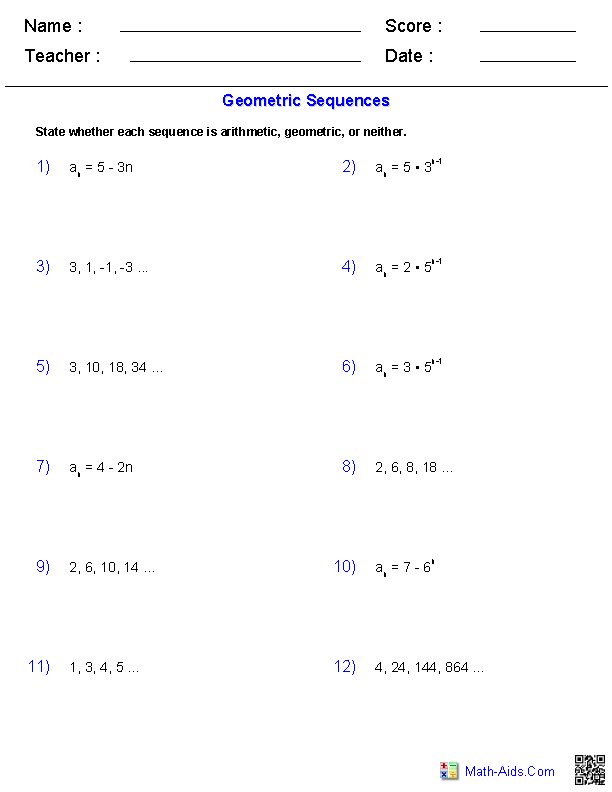



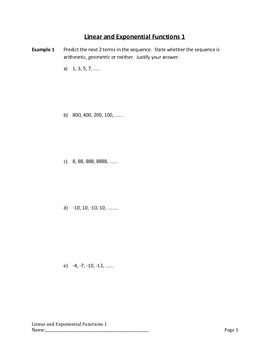
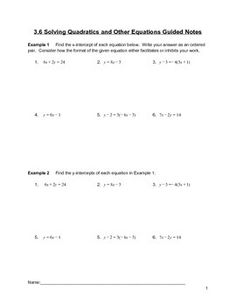
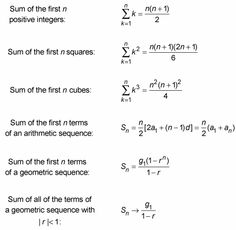
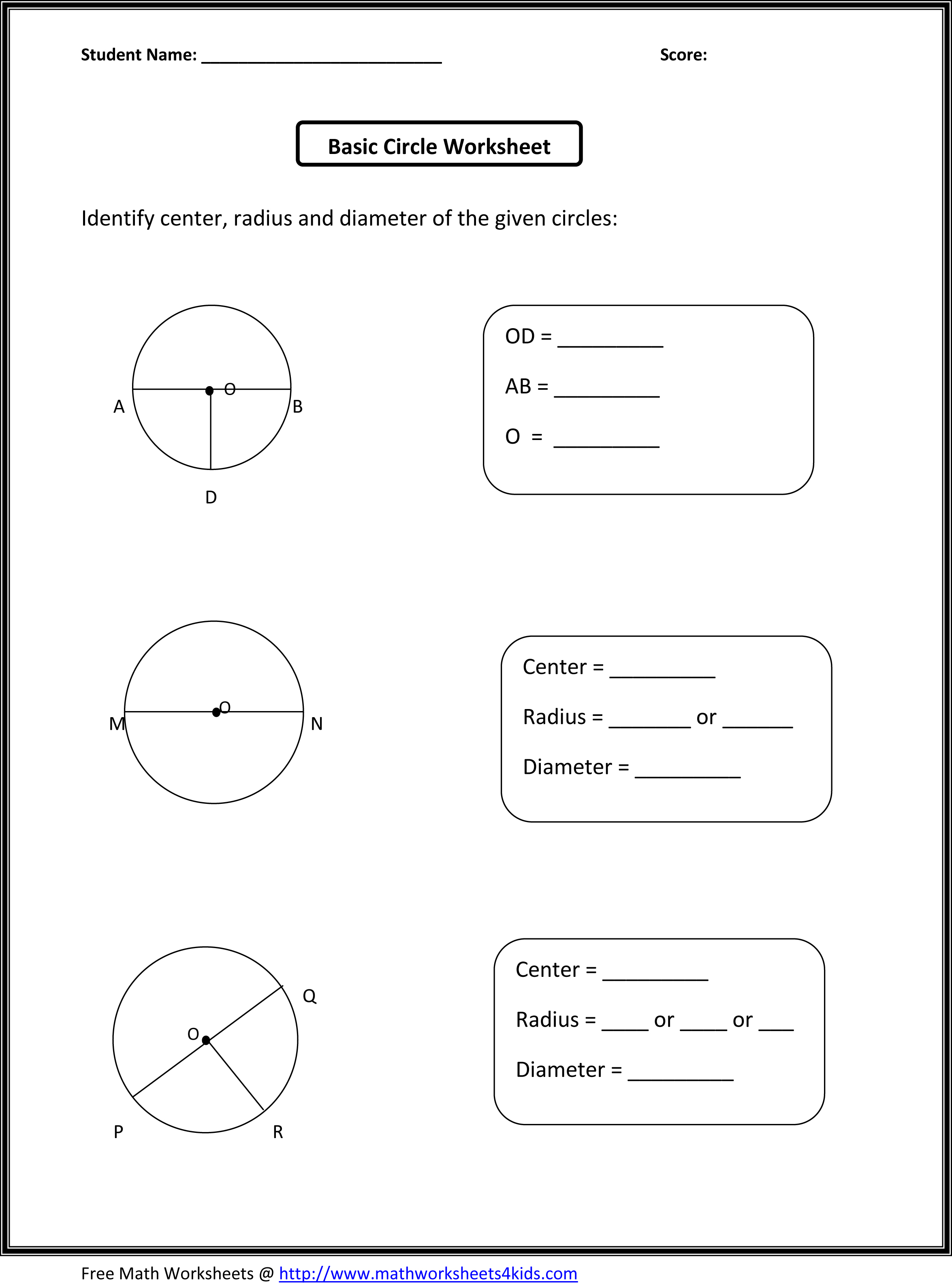

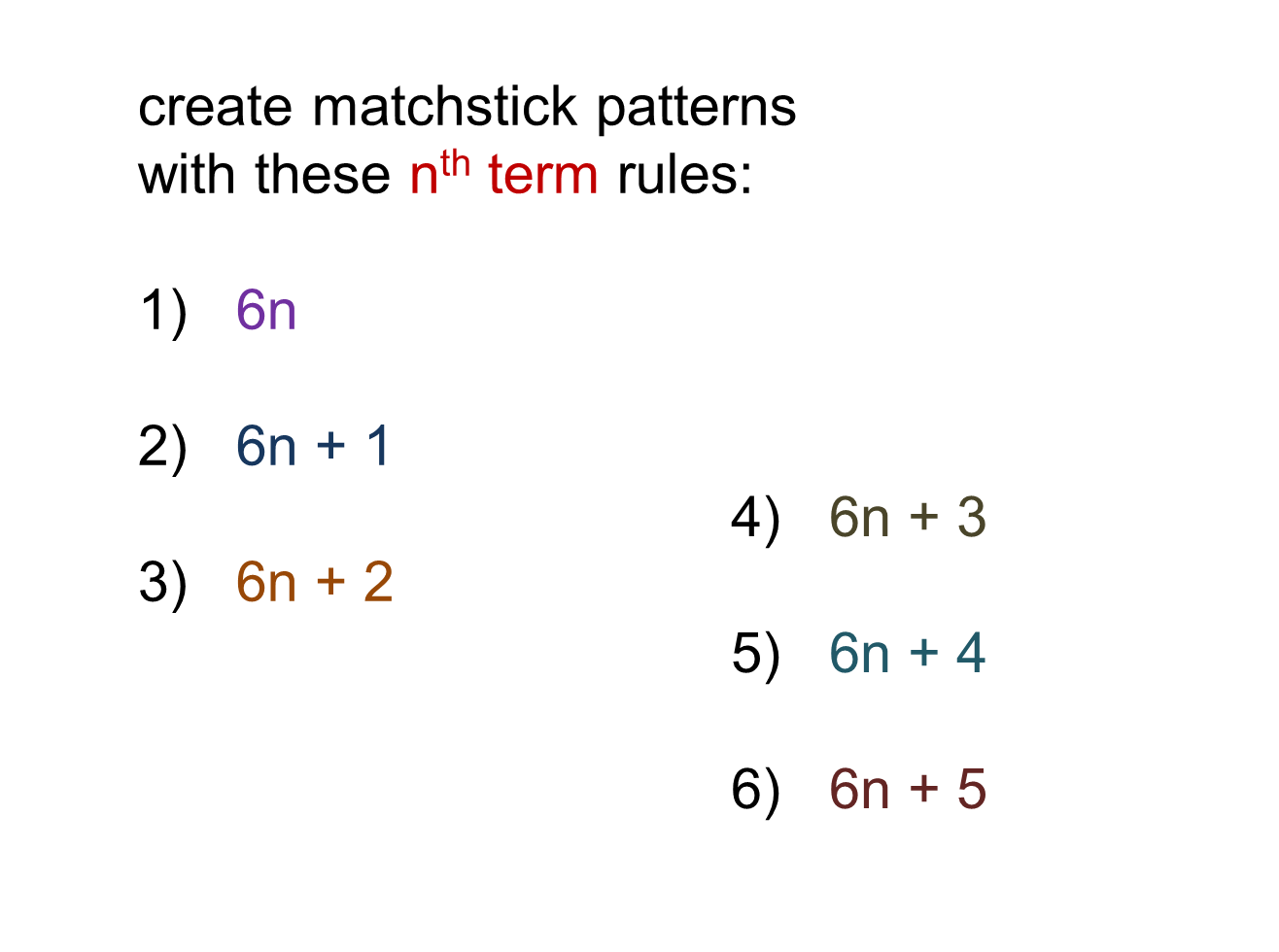
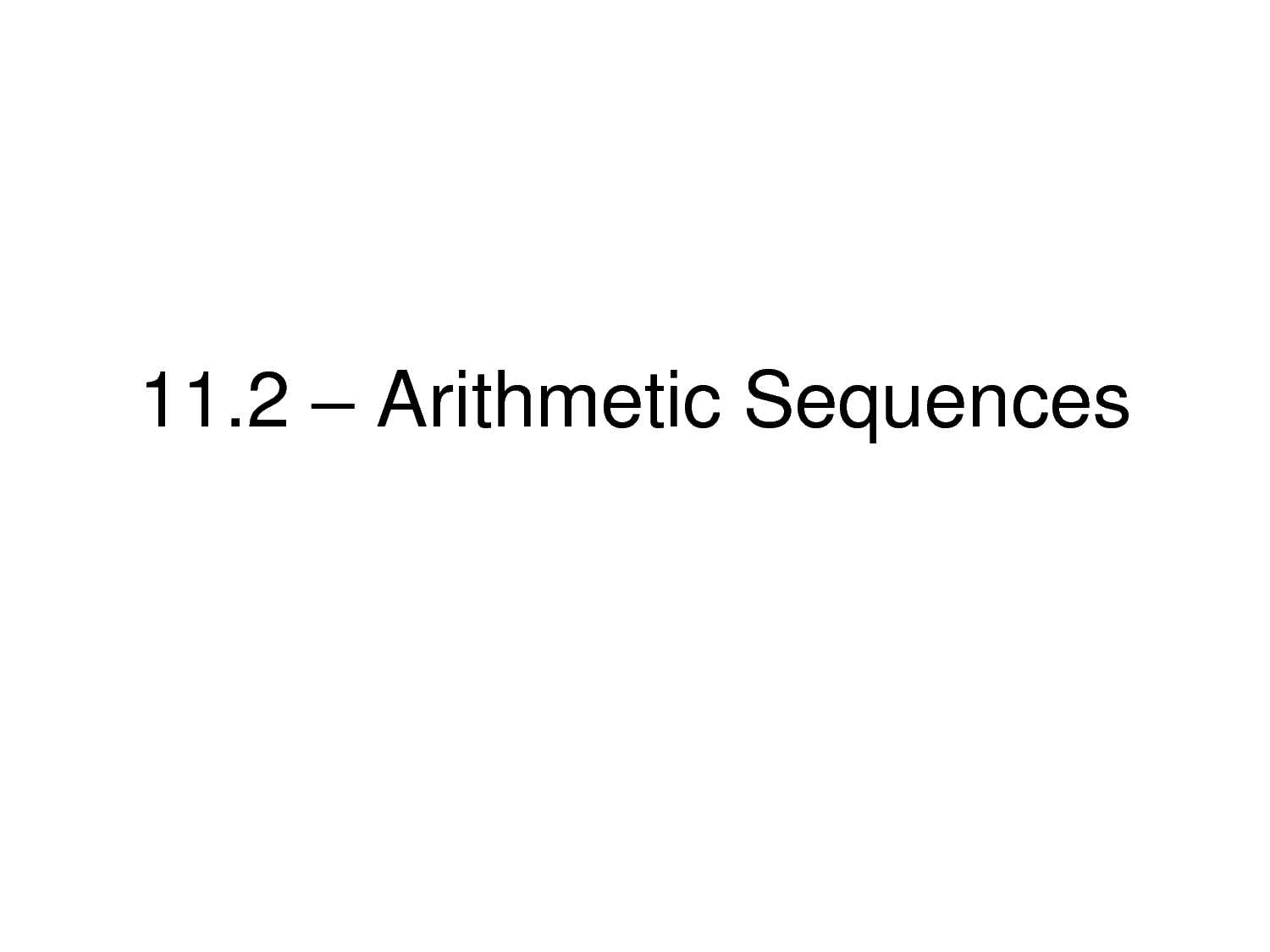
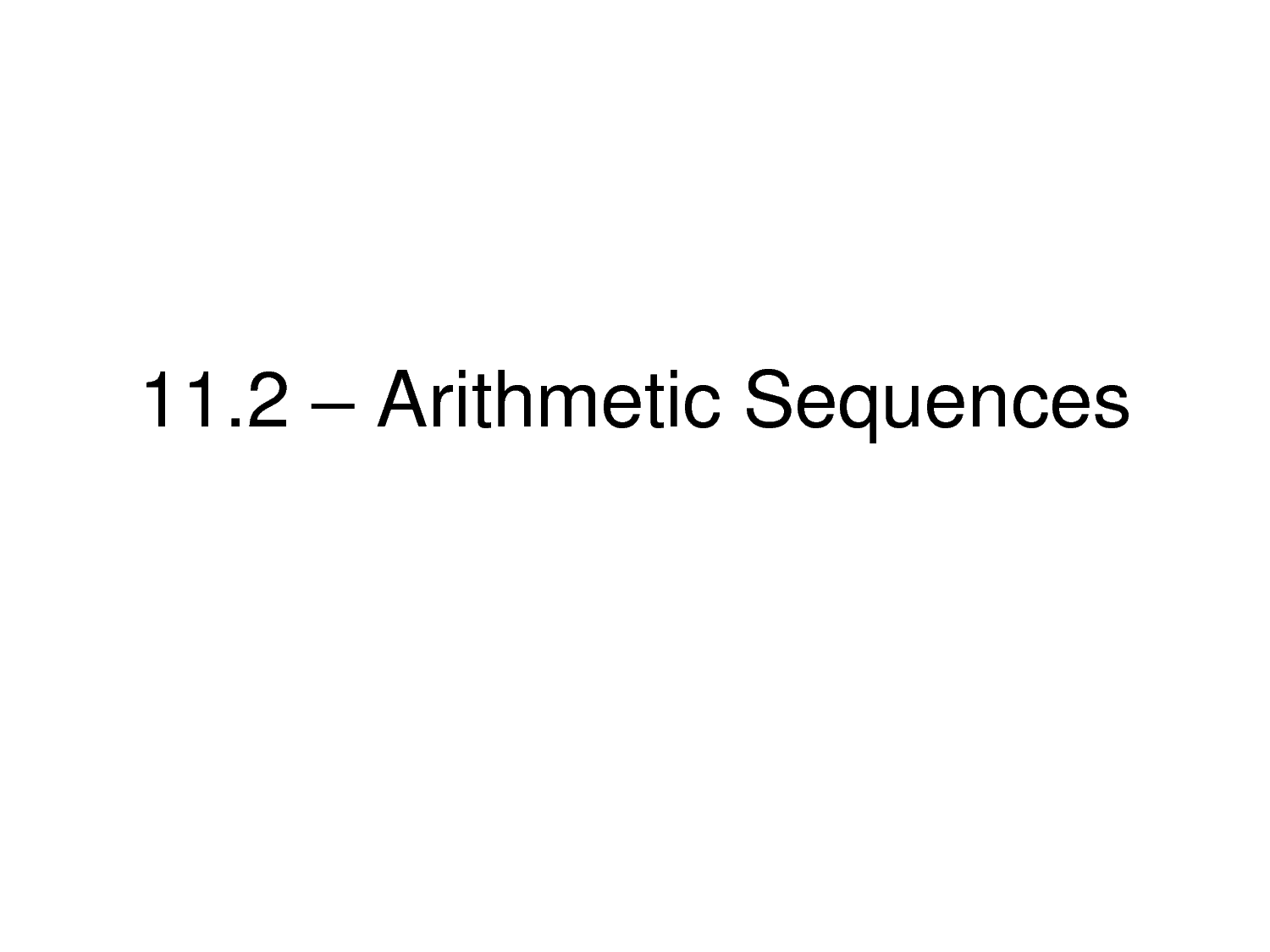
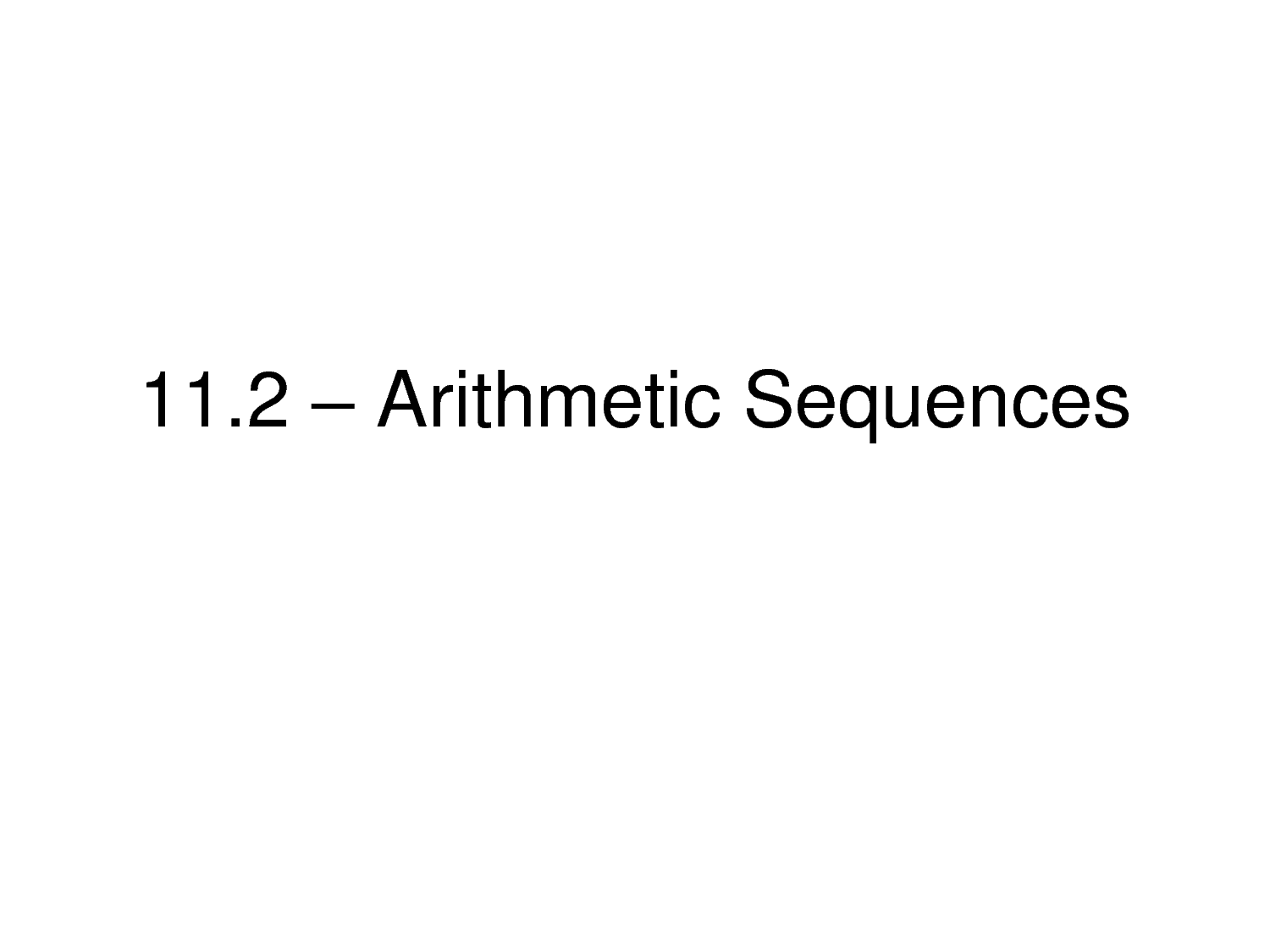
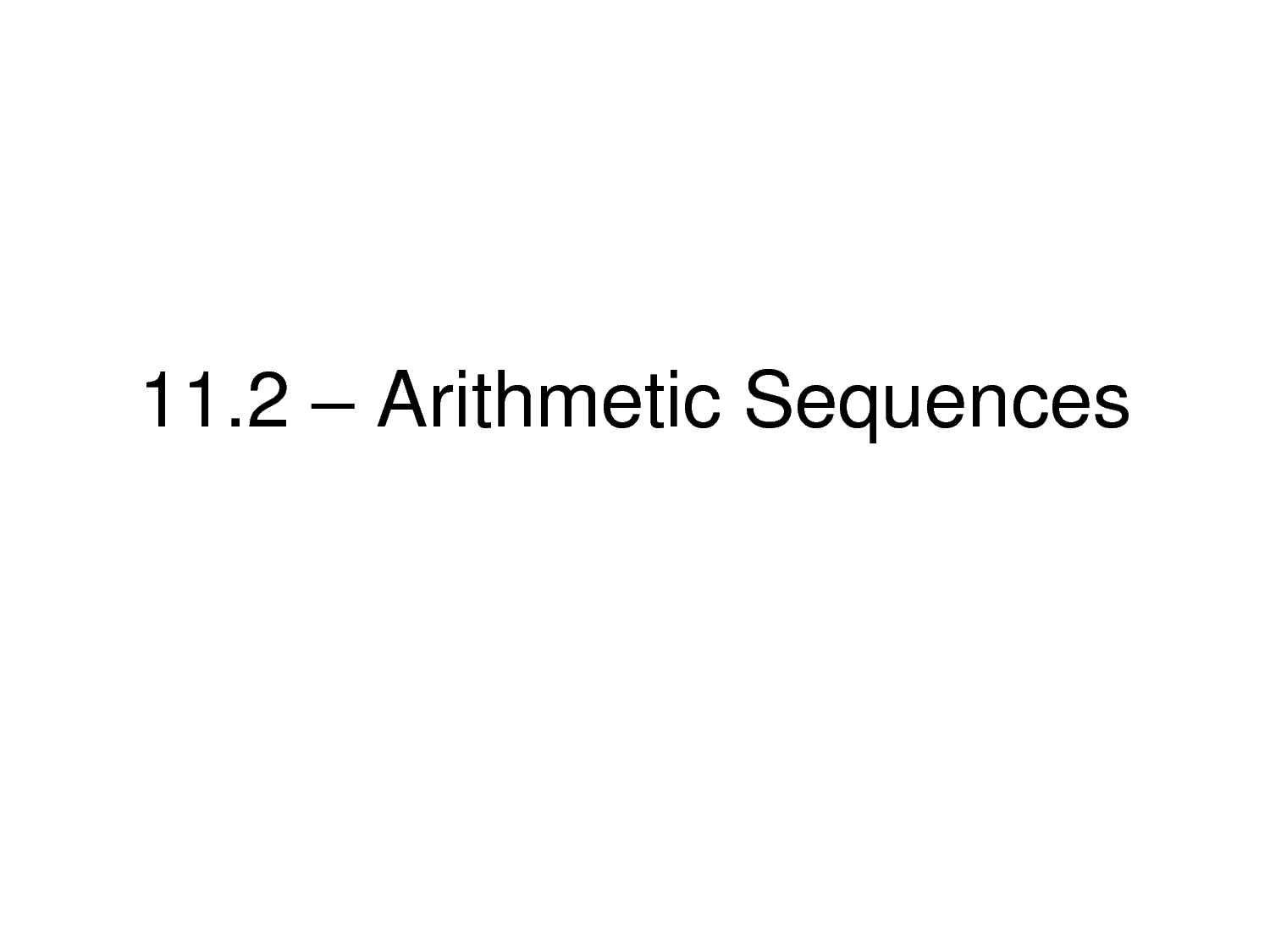
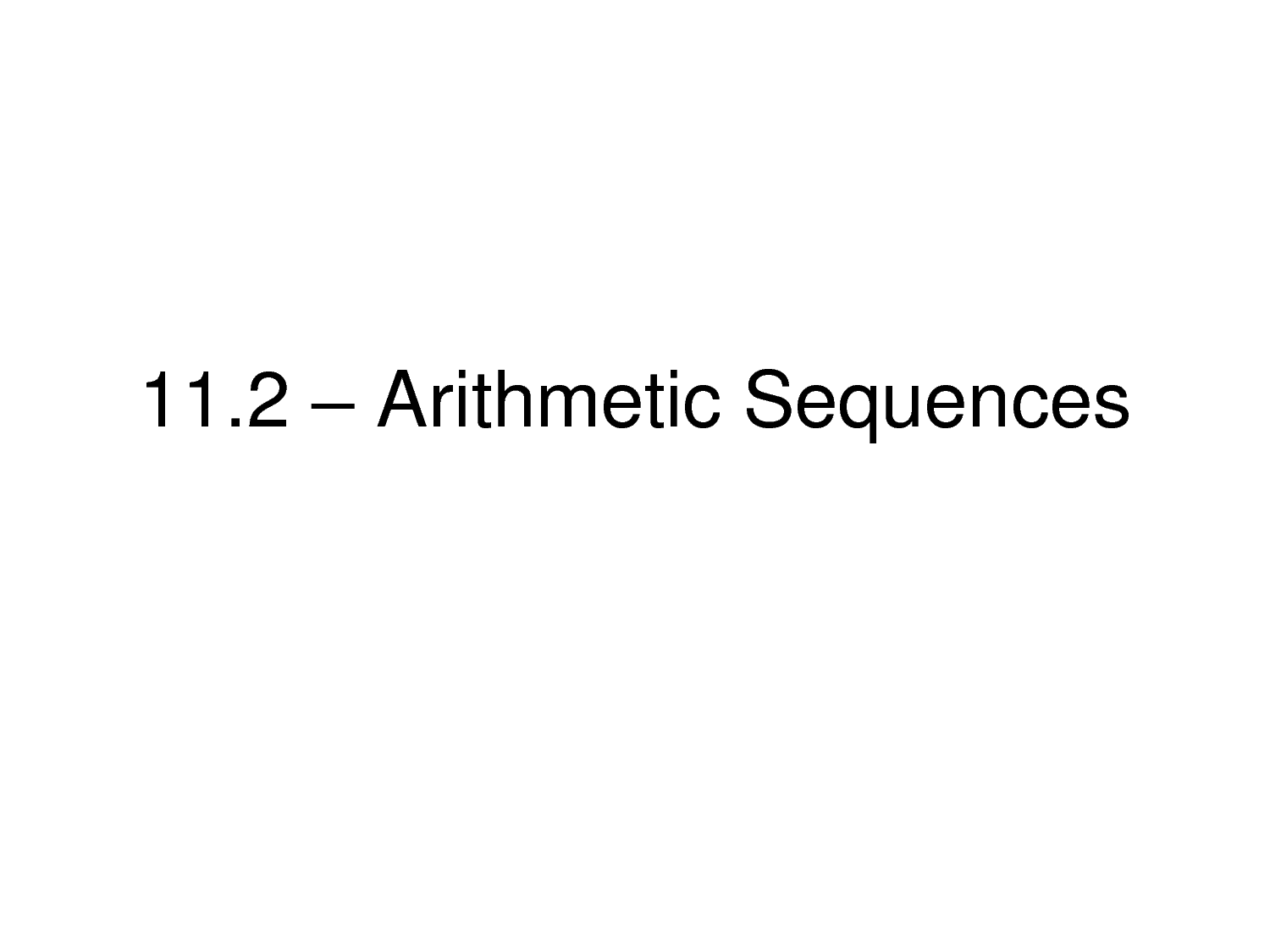

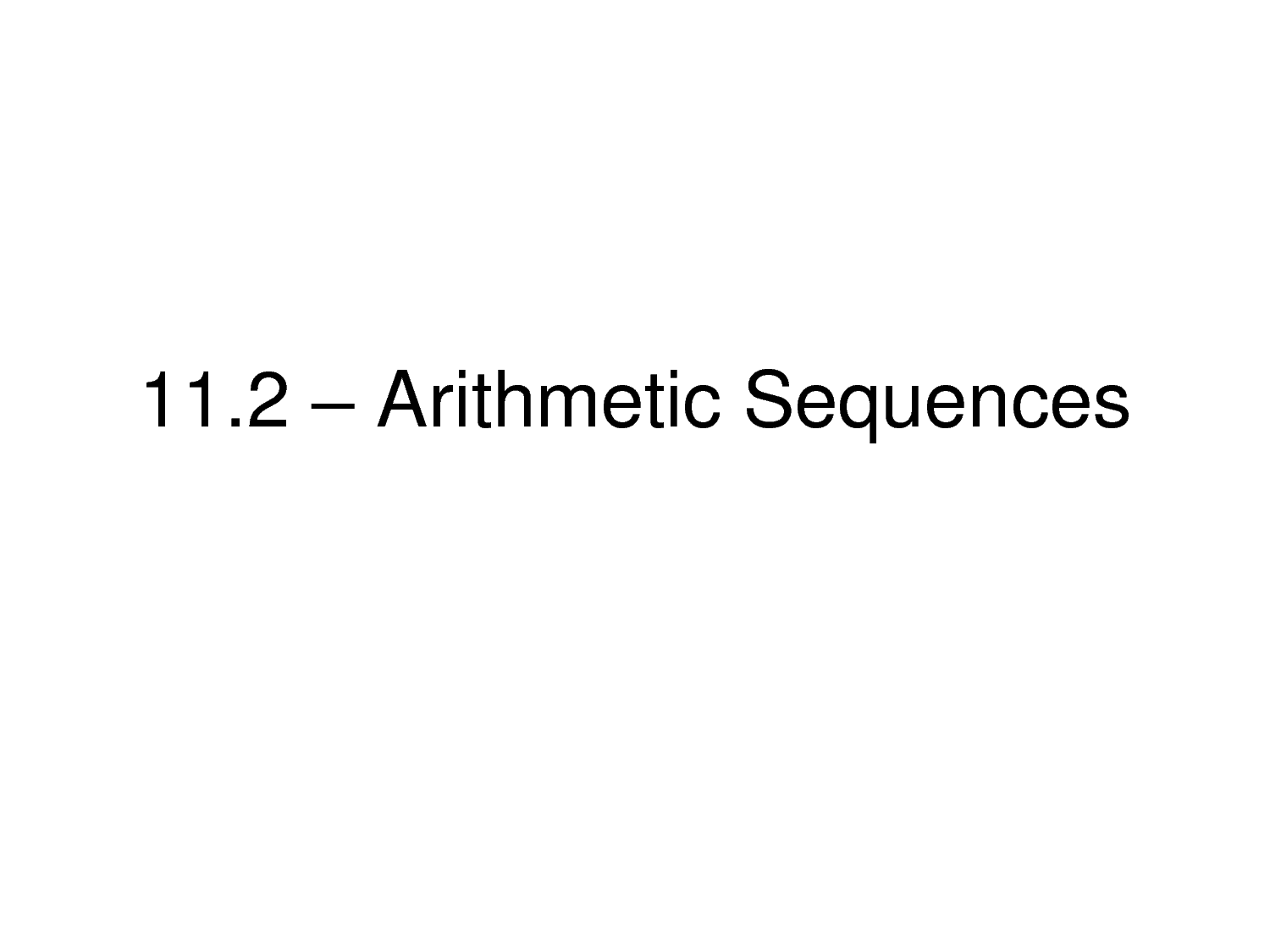
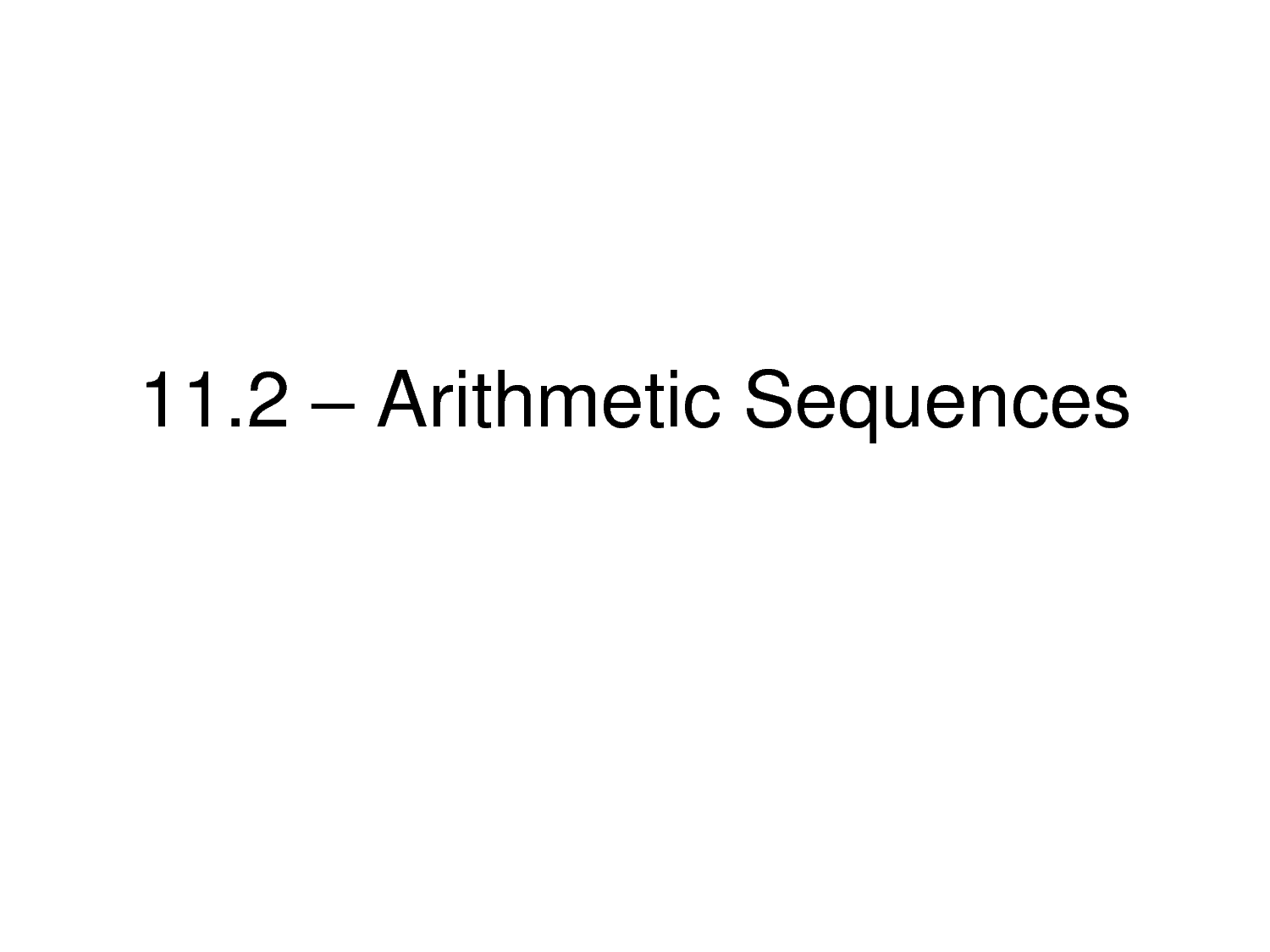
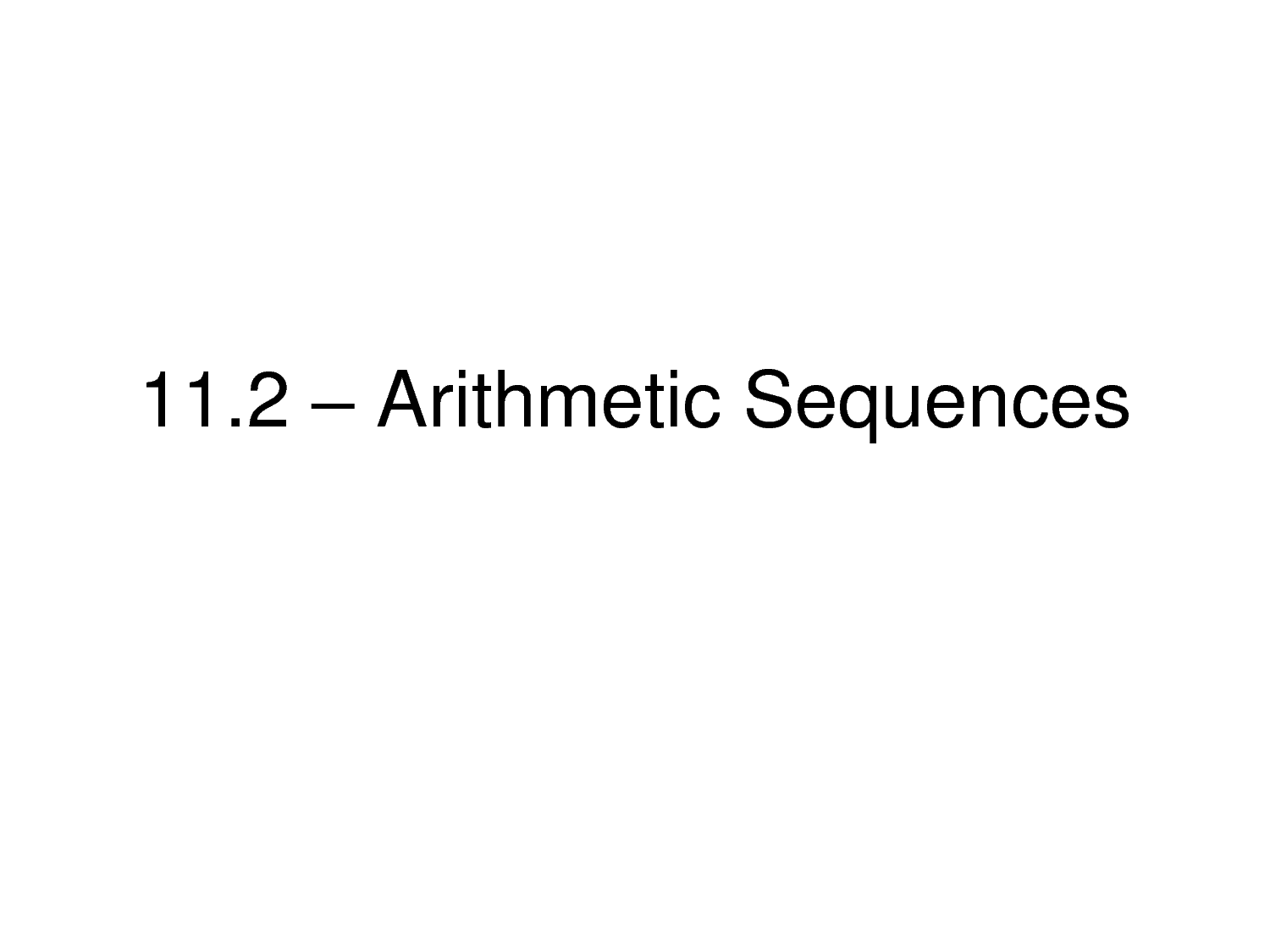















Comments